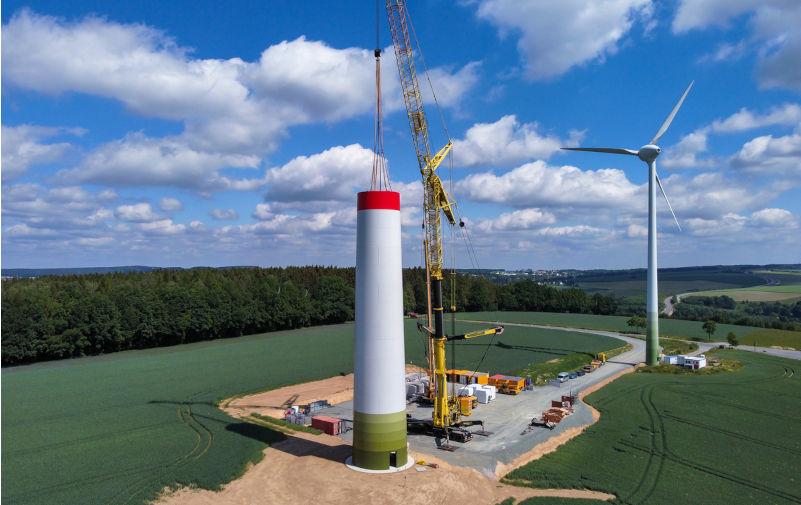The great winner picking winner stopping show
April 29, 2024
In that newspaper of record of extraordinary bias - The Australian – there is much preaching about the sanctity of the market mechanism and the absolute folly of the government’s plan to subsidise investment in new industries. Such sharp economic brains have not, however, cared to admonish nor demand we terminate the massive subsidies given to the fossil fuel industry. Nor have they raised the irony that it is this industry which arguably needs subsidies least. The Australia Institute projects fossil fuel subsidies over the next 3 next years at $57 billion. Currently they are running at $11 billion annually. A small selection of where they are going in Western Australia is as follows:
· $250 million in capital subsidy for Collie and Muja coal-fired power stations.
· $195 million to the Dampier Cargo Wharf Extension project, to support the offshore oil and gas industry.
· $35 million annual project facilitation subsidy for Woodside and the APA Group.
Nor do the Ruperian journalist/economists make reference to the emerging winner picking farce being acted out by the parliamentary opposition. Its nuclear power play is all that winner picking should not be in its hurried, ill-prepared, unscientific consensus lacking form. No matter it seems that current costings put nuclear power at four to five times that of solar and at least 10 years away ( Webb P & I : 12/11/23) . To boot, it is accompanied by a policy of renewable energy winner stopping. That, in all its economic lunacy, involves slowing down expansion of what is emerging as the world’s – and certainly Australia’s – cheapest form of power and displacing it with some of the world’s most expensive energy. This winner stopping policy has recently gathered momentum with Nationals leader David Littleproud reportedly raising the prospect of a coalition government annulling contracts for wind and solar farm developments.
The Federal opposition in their muddled economic obsessions ignore the lessons of those countries which have indeed successfully picked winners. As Geoff Miller (P & I April 21) points out - China, Japan, South Korea, Vietnam and Singapore have all successfully done so. But perhaps even more to the point is the obvious fact that there has never been anything like a level playing field in Australia. Varying tax and depreciation rates are providing often huge direct and indirect subsidies for different industries. Witness the $7 billion fuel tax credit. But they pervade other areas of the economy. As ably researched by the _ABC’_s Alan Kohler, negative gearing, by increasing the prices investors are willing to pay for housing, has acted as an indirect subsidy to the building industry. Lax tax laws provide huge subsidies to companies which can offshore their profits.
As for the Asian models of government intervention, Miller makes the important point that success has emerged from a process of carefully meshing of government and private sector resources. If a culturally closer example of this winner picking skill is needed, then Denmark’s extraordinarily successful development of its wind turbine industry is surely it. In its creation the Danish Government engineered a carefully and painstakingly developed set of policies and sustained them over the long term. That involved the government developing and subsidising a domestic market for wind turbines, spending heavily on wind turbine research and development, at one point directly entering the manufacturing market, and providing financial assistance to private manufactures when in the late 1990s global market forces threatened their survival. Currently Denmark is host to 46 wind turbine manufacturers. The industry employs more than 33,000 people with a turnover of EUR 19 billion in 2019. - a formidable achievement given Denmark’s population is only 6 million.
The example of Denmark does however underline that if government and the private sector are to enter a long term partnership an underlying consensual environment both at the political and social level is important. Which is to say, in Denmark the government has long been characterised by a high level of consensus –nurtured by their proportional representation electoral system which favours smaller parties and the consequent need for consensus forging in decision making.
Former head of the ACC Rod Sims is therefore making sense by arguing that to invest in the green transition - and in particular green steel where Australia is seen to have the right set of competitive advantages – there needs to be careful selection and planning and an avoidance of ad hoc assistance.
The problem for the Albanese government is that the political environment is far from conducive to developing such a measured approach faced as it is by a divisive wedge-at-any-opportunity opposition. Consensus building is also a hard ask in an economy where an overly powerful mining industry has captured the Murdoch press and through which an ongoing divisive war with environmentalists is being waged. In that war scientific facts are either ignored, subject to outright denial or smothered by populist social media distortions.
The government therefore has a major job ahead in convincing the public we need to proactively capture the industrial potential coming from our green transition to carbon neutrality. On their current track record both Albanese and treasurer Chalmers are exceptionally risk averse politicians: shifting even a little of the $67 billion fossil fuel subsidies to the green industrial transition is not, it seems, on either’s agenda.

